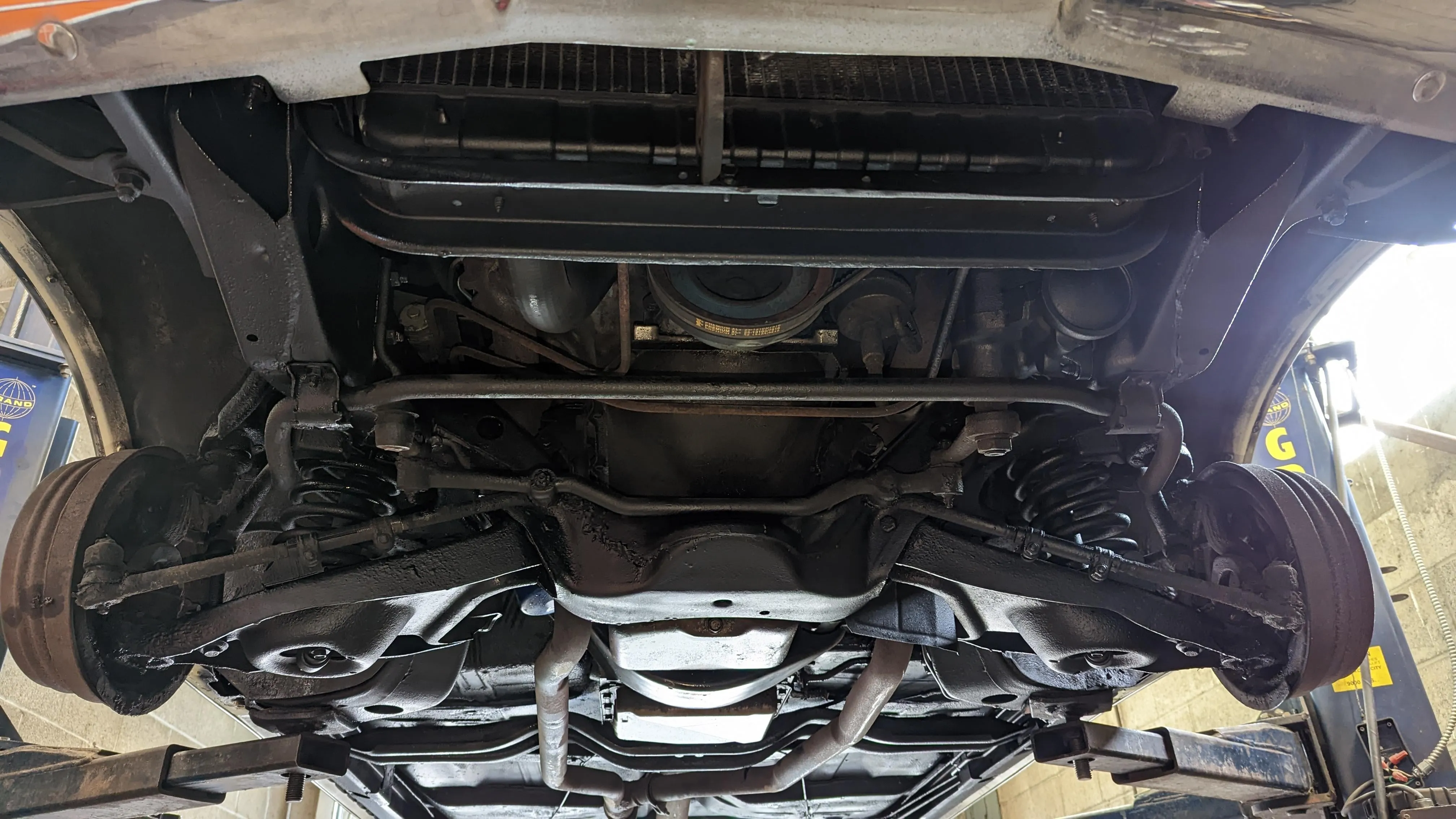What is Le Mans 66 Diecast
Le Mans 66 diecast models are meticulously crafted miniature replicas of the iconic cars that participated in the legendary 1966 24 Hours of Le Mans race. These models are highly sought after by collectors and automotive enthusiasts alike, offering a tangible connection to a pivotal moment in motorsport history. They encapsulate the spirit of competition, engineering excellence, and the sheer drama of the race. The best Le Mans 66 diecast models capture the essence of the original vehicles, from the sleek lines of the Ford GT40 to the intricate details of the engines and interiors. Collectors appreciate the accuracy, detail, and the historical significance these models represent, making them valuable additions to any collection and a great way to celebrate an iconic piece of racing history.
History of Le Mans 66
The 1966 24 Hours of Le Mans was a watershed moment in motorsport. It marked the culmination of Ford’s ambitious project to dethrone Ferrari, who had dominated the race for several years. The race saw Ford’s GT40s, engineered to perfection, secure a historic 1-2-3 finish. This victory was not just a triumph of engineering but also a victory of American determination over European racing dominance. The race was filled with drama, with mechanical failures, tactical maneuvers, and fierce competition among the drivers. The story of the 1966 Le Mans is a tale of ambition, rivalry, and the relentless pursuit of victory, making it a compelling narrative that continues to captivate enthusiasts and collectors. The Ford GT40’s success at Le Mans in 1966 remains one of the most iconic stories in racing history, solidifying its place in automotive lore.
The Ford GT40 Story

The Ford GT40 was born out of Henry Ford II’s desire to beat Ferrari at Le Mans. After Ferrari declined Ford’s offer to buy the Italian carmaker, Ford decided to build its own car to compete. The GT40 was a groundbreaking machine, designed with a low profile, aerodynamic efficiency, and a powerful engine. The GT40’s design was the result of collaboration between Ford and various automotive engineering firms, with the goal of building a car that could not only compete but also win at the highest level of motorsport. The car’s development was a challenging process, with constant improvements and refinements to optimize its performance and reliability. The GT40 project was a testament to American engineering ingenuity and resolve, ultimately leading to its dominant performance at the 1966 Le Mans.
The significance of the Le Mans race
The 24 Hours of Le Mans is one of the most prestigious and grueling endurance races in the world. It tests not only the speed and reliability of the cars but also the endurance and skill of the drivers. The race is a true test of human and technological limits, pushing both drivers and machines to their breaking points. The history of Le Mans is filled with legendary moments, iconic cars, and unforgettable performances. The race has served as a platform for innovation, with advancements in automotive technology often first tested on the Le Mans track. Furthermore, it’s a global spectacle that attracts millions of viewers and fans, making it a symbol of motorsport excellence and a celebration of speed, precision, and human endeavor. The Le Mans race continues to captivate audiences and inspire generations of racers and enthusiasts.
Top 5 Le Mans 66 Diecast Models
Choosing the ‘best’ diecast models is subjective, but these selections consistently rank highly for their detail, accuracy, and historical significance. These models are not just toys; they are miniature works of art, perfect for displaying and celebrating the legendary race. They vary in scale, manufacturer, and price, but all strive to capture the spirit of the 1966 race. Consider these as starting points for your collecting journey, focusing on quality and the stories behind the cars. Look for models with great detail, accurate colors, and high-quality materials. These features are important for collectors who want a true replica of the legendary cars.
Model 1 Features
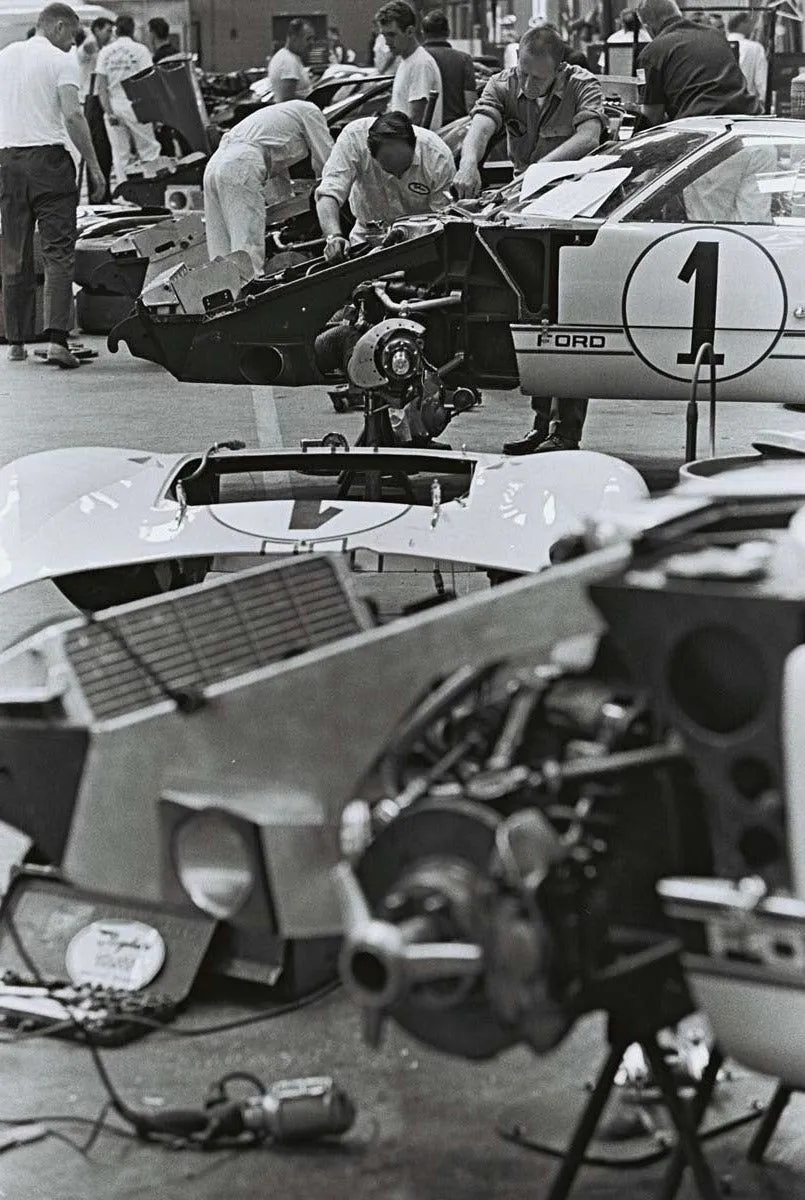
Model 1 stands out for its exceptional detail, which includes accurate paintwork, realistic tires, and detailed interiors. The engine is also meticulously crafted, making it a favorite among collectors. The model is usually a Ford GT40 MkII, known for its historical significance at the 1966 Le Mans. The level of detail extends to the smallest elements, such as the dashboard and the seat belts. This level of detail allows collectors to enjoy the history and craftsmanship of the original cars. High-quality diecast models often feature opening doors, hoods, and trunks, giving an even deeper look into the intricate components.
Model 2 Features
Model 2 often features a different livery or driver, expanding your collection. It is also a Ford GT40, specifically one of the cars that finished in the top three at the 1966 race. This model offers a different perspective on the event, allowing collectors to appreciate the various cars and teams. The materials and construction of Model 2 are usually top-notch, ensuring both durability and authenticity. The model’s appeal lies in its ability to tell a story through its accurate representation of the car. Look closely at the detailing to assess whether the manufacturer paid close attention to the small details that make this model a standout.
Model 3 Features
Model 3 highlights the different scales diecast models are available in, from 1:18 to 1:43. The scale impacts the detail and price, but all provide a way to enjoy these cars. This model might highlight one of the other cars that were significant to the race, providing a deeper dive into the history of the event. The features of Model 3 include specific paint finishes, markings, and accurate details, adding to its collectible value. Its construction focuses on using high-quality materials that can be easily displayed, ensuring it will become a treasured item in your collection. This model is all about capturing the essence of the car and the race.
Model 4 Features
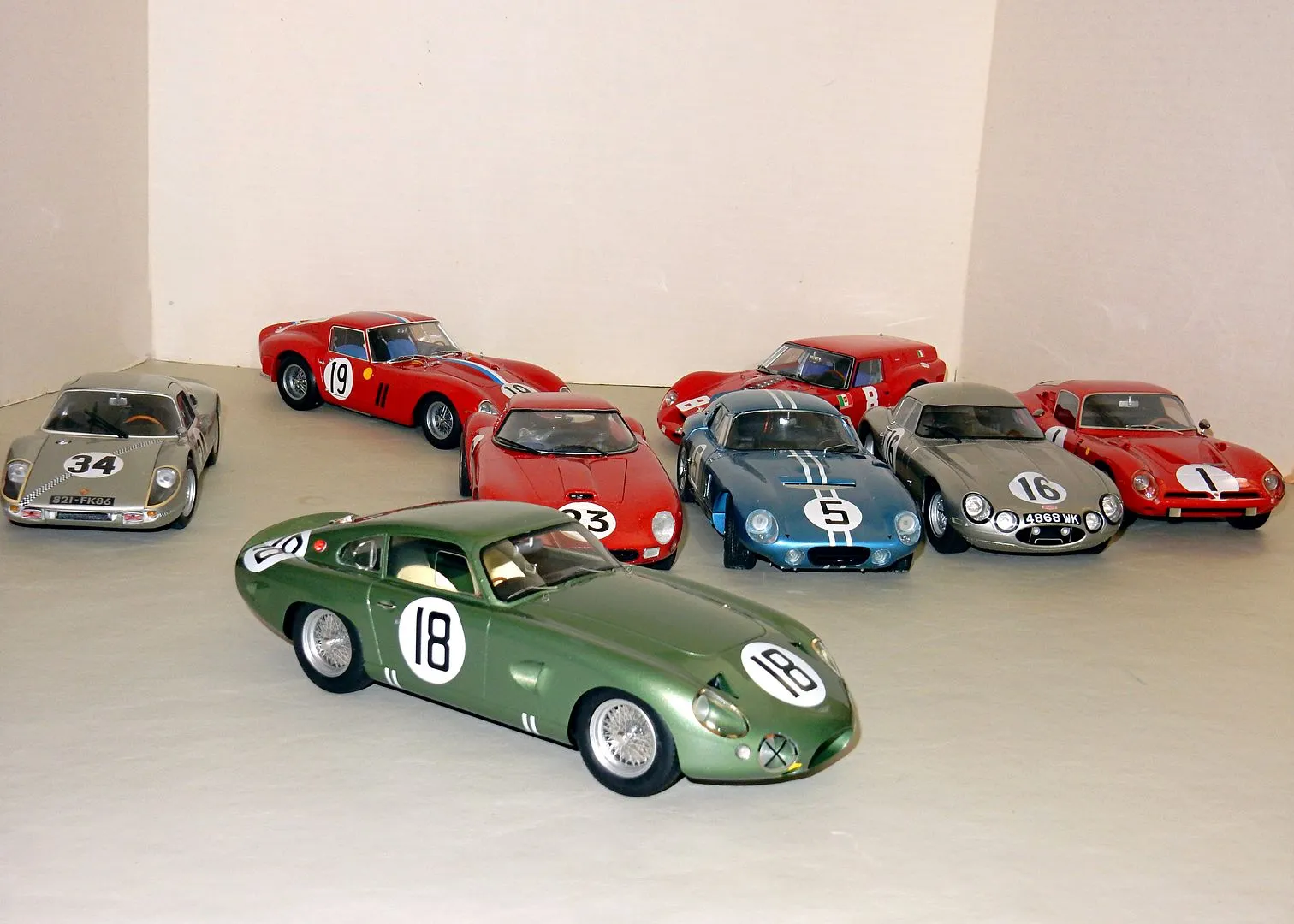
Model 4 brings attention to the various manufacturers that produce these models, highlighting the different styles and levels of detail. This model might have a different historical significance, perhaps a car that was involved in an unexpected turn of events. Its features emphasize the different design choices made during the car’s creation. Whether it’s the details in the interior or the precise replica of the engine, these models strive to recreate the cars as accurately as possible. Collectors often evaluate the model based on the accuracy of the colors, the quality of the paint, and the overall realism of the model.
Model 5 Features
Model 5 might feature the unique aspects of the 1966 race, like the finish line. It can also focus on the historical significance and the lasting impact on the automotive world. This model usually highlights the special editions or limited releases. Model 5 will likely emphasize the unique features of the diecast model. Collectors will appreciate the accuracy, quality, and the historical story of this model, which encapsulates the essence of the 1966 Le Mans. These models are often valued for their historical significance and the stories they tell, making them a valuable asset for any collector.
Factors to Consider When Buying Diecast
Several factors will influence your buying decision. Considering these aspects ensures you get the model you want. These factors include the scale of the model, the materials, the build quality, and the price. Researching these aspects ahead of time will help you find a model that suits your needs. This knowledge will enhance your collecting experience and help you make wise purchases. This helps avoid buyer’s remorse and allows you to grow your collection strategically, ensuring each model is a valuable addition to your display.
Scale and Accuracy

The scale of a diecast model is a crucial consideration. Common scales include 1:18, 1:24, and 1:43, with 1:18 offering the most detail. The accuracy of the model is another key factor. The best models will accurately represent the original car’s dimensions, features, and livery. Pay attention to the small details to make sure that the model correctly reflects the historical car. Accuracy is not just about appearance; it is about the overall story of the vehicle. Collectors often scrutinize models for accuracy in the paint, decals, and interior details. Accuracy is a key element, and it’s crucial in determining the value and collectibility of your model.
Material and Build Quality
The materials used in a diecast model determine its durability and aesthetic appeal. Diecast metal is the most common material. High-quality models typically use a combination of diecast metal and plastic parts, offering durability and detailed features. Check the build quality, including how the parts fit together and the quality of the paint finish. Premium models feature a durable construction. It’s essential to check the model for any flaws in the paintwork and overall assembly. This helps in appreciating the level of craftsmanship and authenticity. The best diecast models feature intricate details, from the engine components to the interiors, using materials that replicate the appearance and feel of the original car.
Price and Rarity
The price of a diecast model varies widely based on scale, detail, and rarity. Limited-edition models and those with historical significance command higher prices. It’s essential to set a budget and research the market value of different models. Rarity can significantly impact the price. Consider the model’s long-term value and potential for appreciation. The price of a model often reflects its level of detail and historical significance. Collectors frequently assess the rarity of a model, whether it is a limited edition or a special release. Rarity, combined with detail and quality, directly impacts the collectibility and value of the model.
Where to Buy Le Mans 66 Diecast
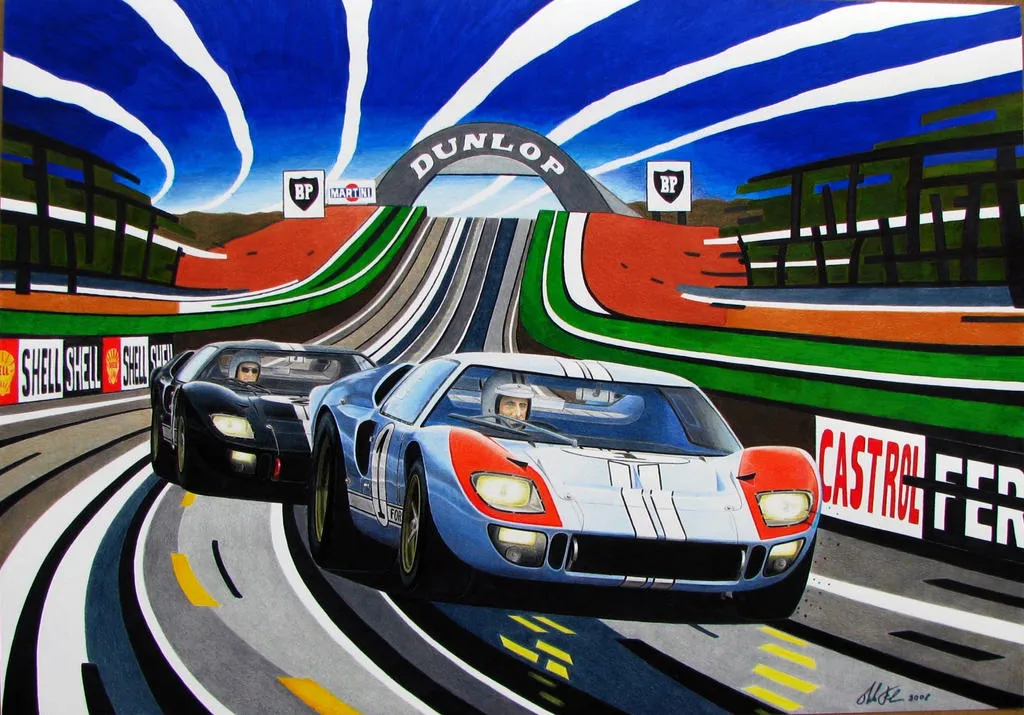
There are several avenues to find Le Mans 66 diecast models. Choosing the right place to buy models is crucial for expanding your collection. Researching and comparing prices before making a purchase can maximize your investment. Knowing where to find models can greatly influence your collecting journey. Collectors can find models both online and in specialized stores. Each avenue offers various benefits and considerations. Here are some of the most popular and reliable places to find these collectibles.
Online Marketplaces
Online marketplaces like eBay and specialized forums offer a vast selection of diecast models. These platforms often feature a wide variety of models from various sellers, including rare and hard-to-find pieces. However, it’s important to verify the seller’s reputation and authenticity of the model. Read the product descriptions carefully, examine the photos closely, and ask any questions before making a purchase. The benefits of online marketplaces include a vast selection and the potential for finding rare items. Always consider the shipping costs and the seller’s return policy before making a purchase. Online marketplaces are convenient, but also need careful consideration.
Specialized Diecast Shops
Specialized diecast shops, both online and brick-and-mortar, offer curated selections and expert advice. These shops usually stock high-quality models, and their staff often have extensive knowledge of diecast collecting. Shopping at specialized stores gives you a chance to view the models in person and assess their quality. You may receive personalized service and helpful information. These shops often have strong connections to the diecast community. Their offerings often include rare items. Whether you choose an online shop or a physical store, specialized shops can be a great option for collectors.
Collecting and Displaying Your Models
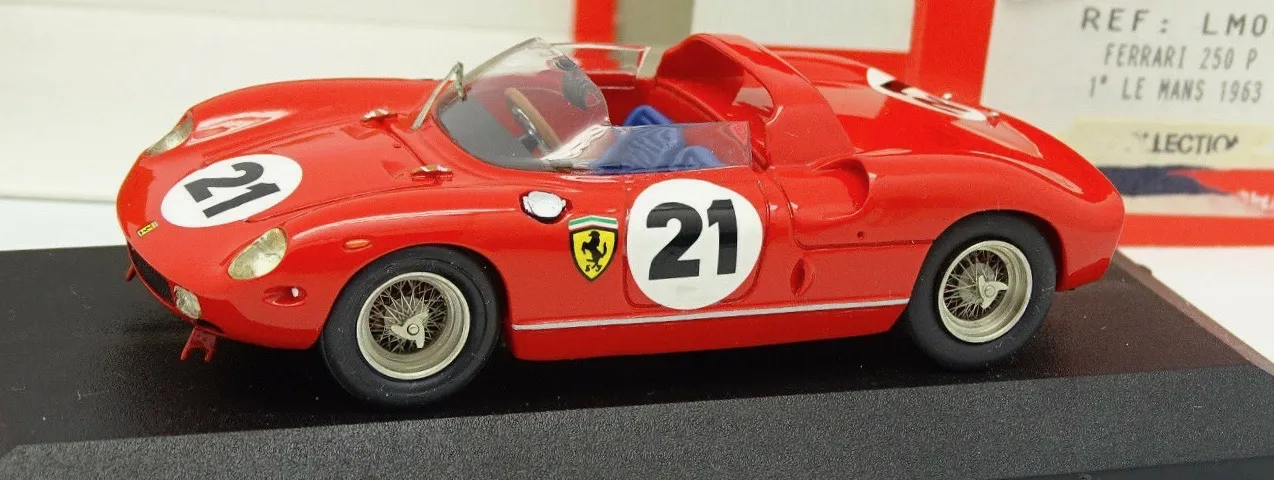
Collecting diecast models is a rewarding hobby. It brings together history and craftsmanship. Displaying your models is a great way to show off your collection. Protecting your investment requires thoughtful planning. Taking these steps will help preserve your investment. Displaying your models in a way that celebrates the history and beauty of the collection is a great way to experience this hobby. Each collector’s space is unique. There are countless ways to build a collection and display it. Protecting and showcasing your models properly ensures their longevity and beauty.
Protecting Your Investment
To protect your investment, store your diecast models in a dust-free environment, away from direct sunlight and extreme temperatures. Consider using display cases or cabinets to protect them from damage. Regularly clean your models with a soft cloth. Handle your models with care, and be mindful of any moving parts. Proper care preserves the models’ value and condition over time. By following these guidelines, you can keep your models in excellent condition for many years. Consider insurance if the collection is of significant value. Protect your investment by practicing good care and attention.
